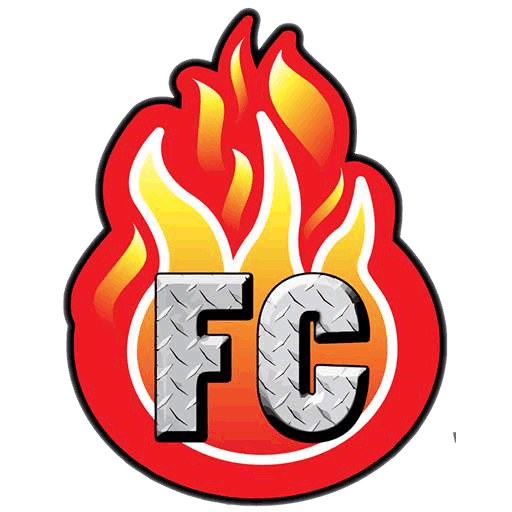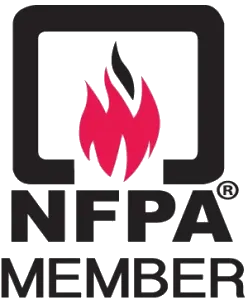Firefighting is a job where precision, speed, and safety are non-negotiable.
We spend hours fine-tuning apparatus and selecting tools — nozzles, hose, saws, thermal imagers, Halligans, hooks, and gas detectors — to ensure we’re ready for anything on the fireground. But even the best tools are useless if we can’t handle them effectively.
Proper glove fit is essential. While turnout gear is custom-measured for protection and mobility, gloves are often limited to generic sizes — small through extra-large. The result? Poor dexterity, weak grip, and frustration during critical tasks like switching radio channels or using hand tools.
Think about how we buy shoes: we consider both length and width, then try them on for fit. Gloves should be no different. Without accurate measurements — finger length and hand width — we compromise safety and performance.
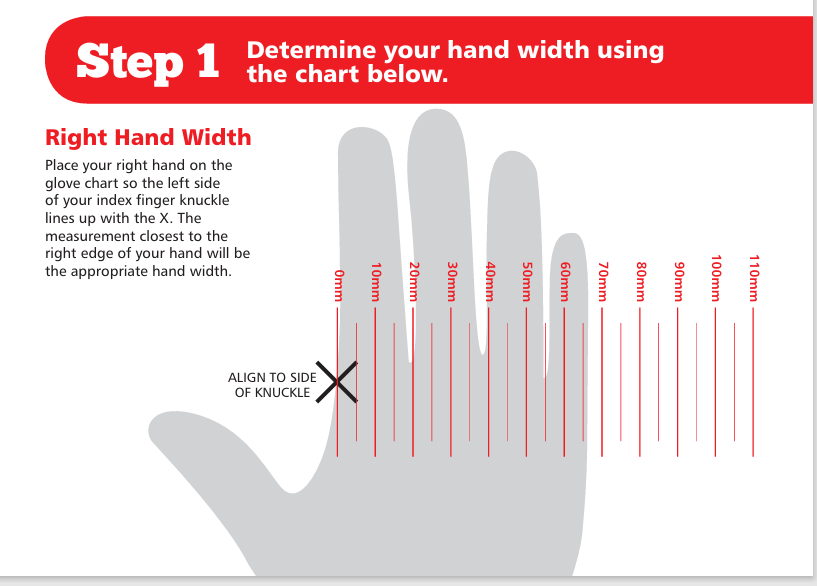
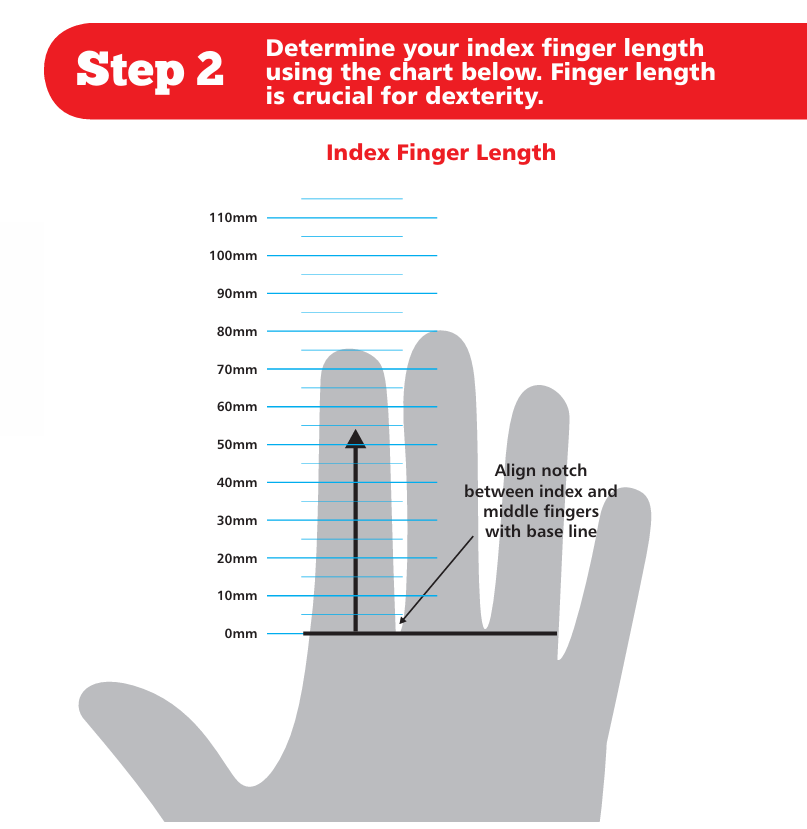
Poorly fitting gloves don’t just make tasks harder; they increase the risk of injury.
Fortunately, some manufacturers now offer cadet sizing, shortening finger length to improve fit and dexterity.
But width is still a major issue, especially for many women and nearly half of male firefighters whose gloves fit in the fingers but are too loose in the palm.
After five decades in the fire service, I finally found gloves that fit in both dimensions — just like properly fitted boots. They exist.
You just need to know what to look for.
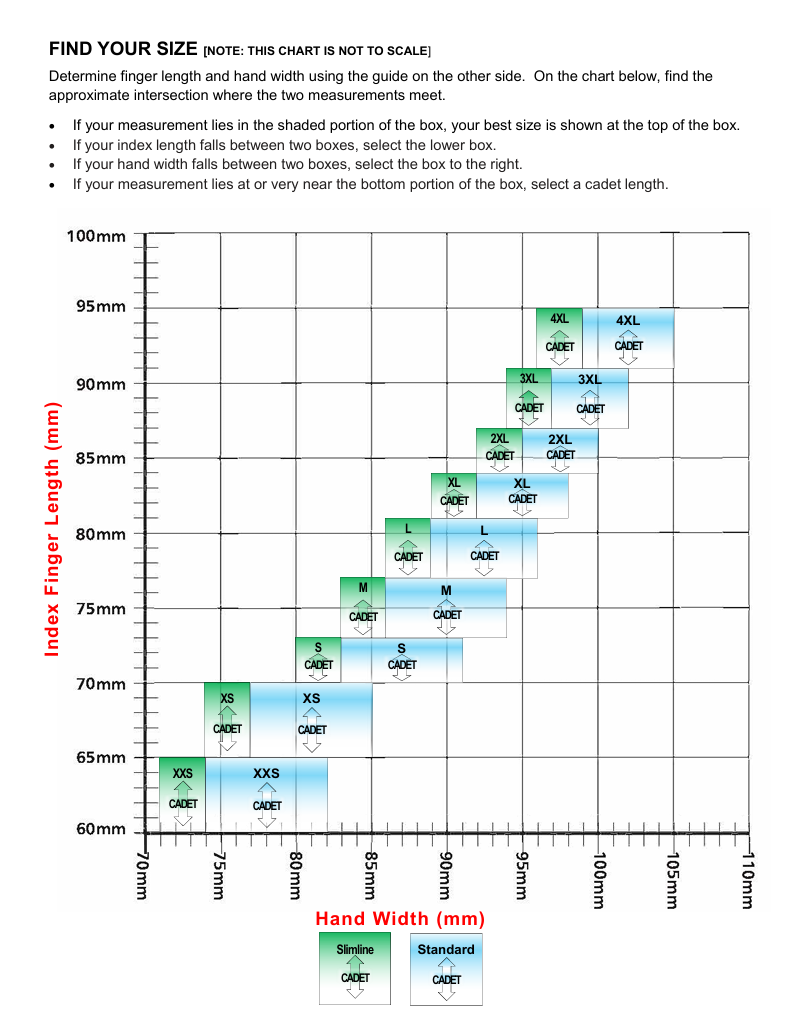
The National Fire Protection Association (NFPA) bases glove sizing on two key measurements: index finger length (in millimeters) and hand width. You then match your measurements to one of the seven sizes specified by the latest NFPA standard: 64N, 70N, 70W, 76N, 76W, 82N, and 82W.
While some manufacturers adhere strictly to these seven sizes, others offer a wider range of options. For example, FireCraft Safety Products provides 36 sizes by combining nine base sizes — from XXS to 4XL — with four variations in width and finger length: regular width with standard fingers, regular width with shorter fingers, slim width with standard fingers, and slim width with shorter fingers. This approach significantly improves fit and performance.
See the images below for examples of proper glove sizing.
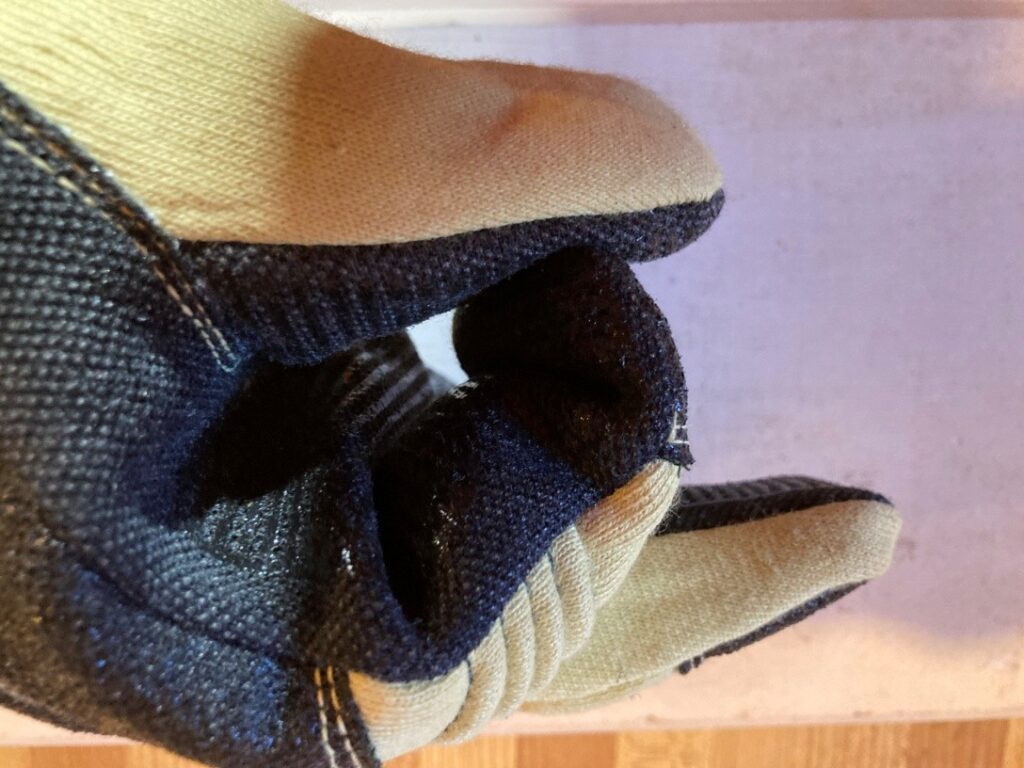

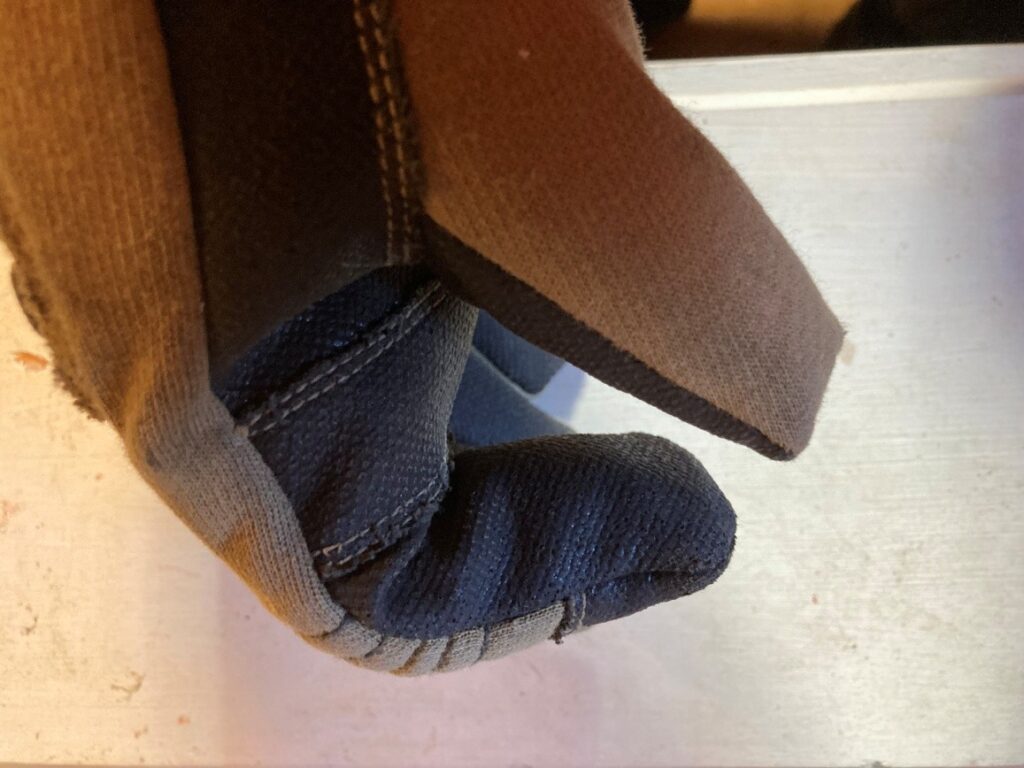
Now that you’ve found the proper size, consider how you’ll use your gloves. A glove with a good gripping surface on the palm helps maintain positive control over tools and hose lines.
Conversely, gloves that slip will lead to faster fatigue and reduced control — especially important when operating power tools like chainsaws or circular saws.
Fire gloves are often used when wet. Think about how well you can hold a nozzle, hoseline, or Halligan tool when your gloves are soaking wet. Look for gloves with an effective grip on both the palms and undersides of the fingers.
Dexterity is another key factor. Some gloves include a cap or thimble-like cover on the fingertips, which greatly improves your ability to operate small parts like a saw’s choke lever or your radio buttons. A bulky, unresponsive fingertip won’t work when precision matters.
Decontamination is also an important consideration. Even if you’re never exposed to harsh chemicals, you’ll still encounter gasoline, oil, and bodily fluids. Your gloves should be easy to clean and maintain after these routine exposures.
We haven’t discussed heat protection — a basic safety function of any fire glove —but if your gloves meet NFPA 1970-1971, you can be confident they offer the best thermal protection available in gloves designed for real fireground use.
Being a firefighter is challenging enough. Your gloves should make the job easier, not harder. Make sure yours fit right and deliver when it counts — every alarm, every time.
By Jerry Knapp
About the Author
Jerry Knapp is a 51-year firefighter/EMT with West Haverstraw (N.Y.) FD and a training officer at Rockland County Fire Training Center. He serves on the UL technical panel for residential fire attack research and is chief of the Rockland County Hazmat Team. A former nationally certified paramedic with a fire protection degree, Knapp is also an adjunct fire technology professor and author of two books, Tactical Response to Natural Gas Emergencies and House Fires published by Fire Engineering.
